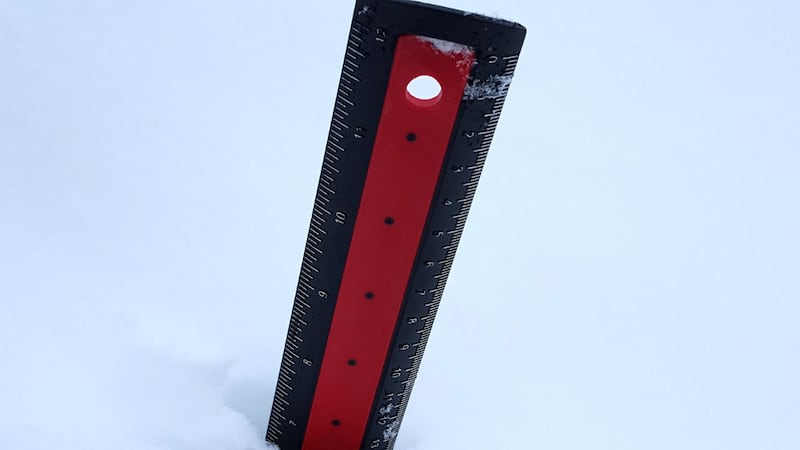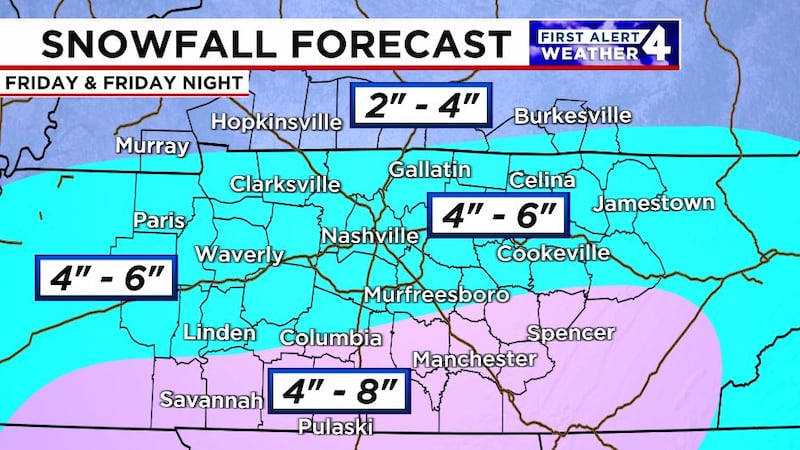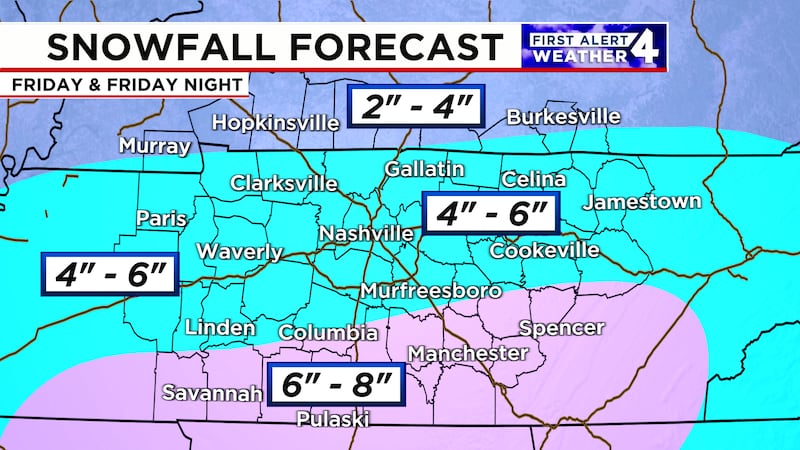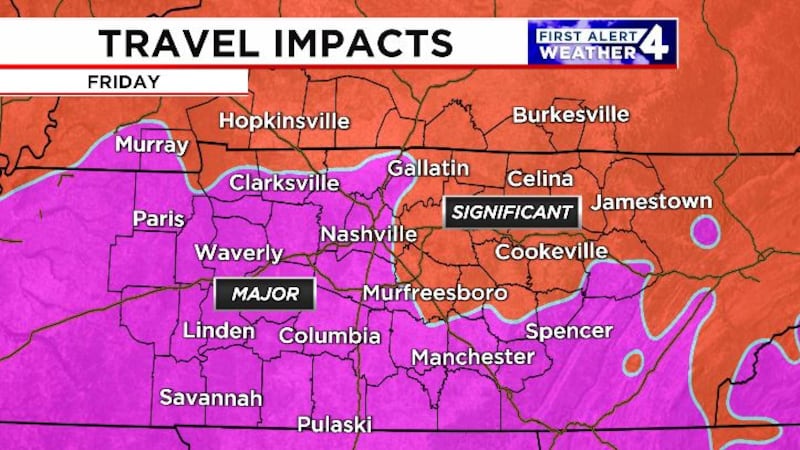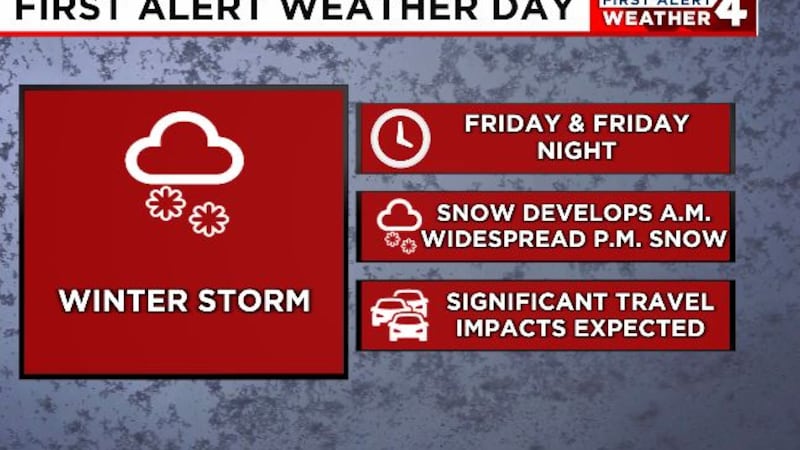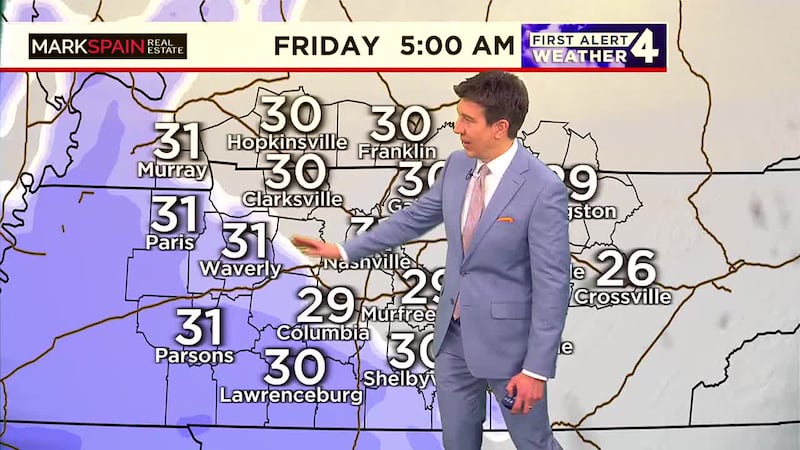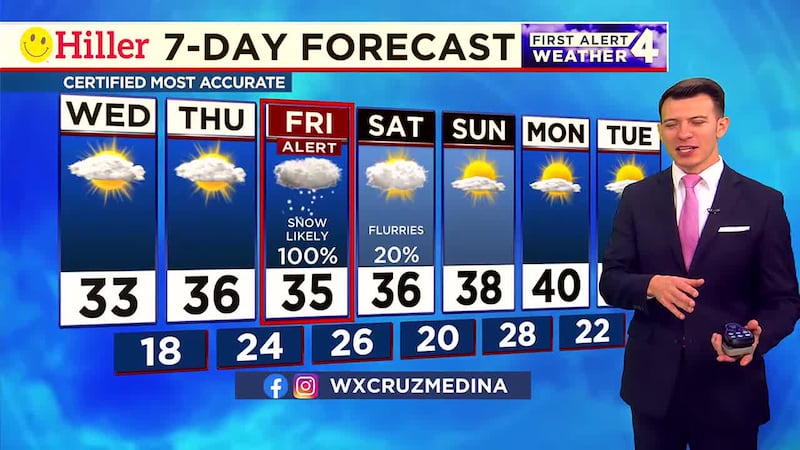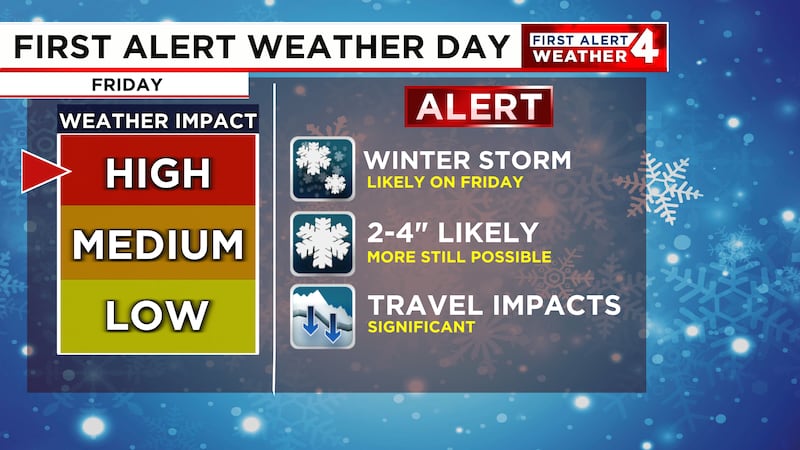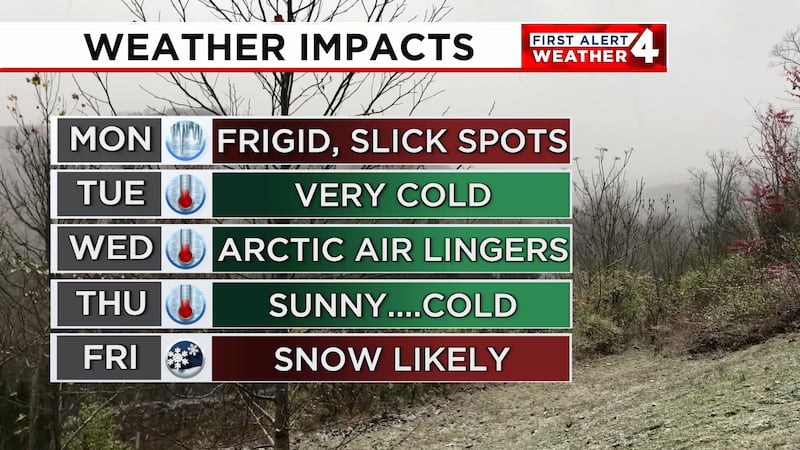Here’s when daylight hours will decrease in Tennessee
The autumnal equinox will kick off earlier sunset times and more hours of darkness.
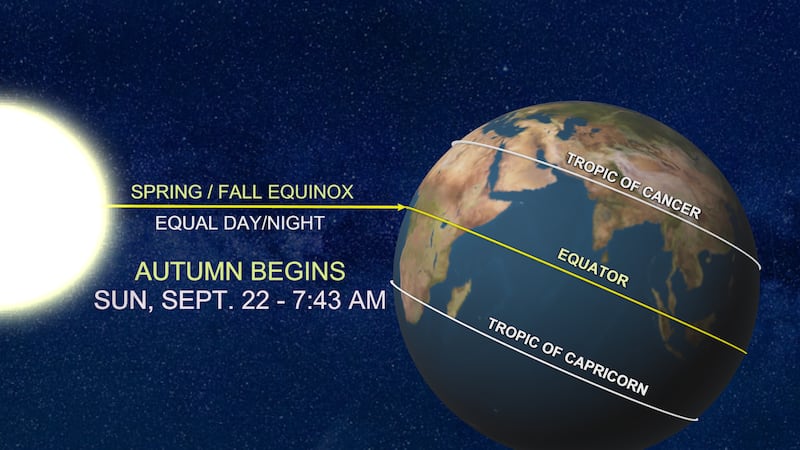
NASHVILLE, Tenn. (WSMV) - With the fall season just around the corner, that means we’ll start to see longer hours of darkness than daylight in the days until the first day of winter.
The amount of daylight we see in a 24-hour period is all based on the sun’s placement to the Earth’s equator. Twice a year, around March 20 or 21 and Sept. 22 or 23, the sun’s rays shine directly over the equator. In the Northern Hemisphere, these are known as the spring, or vernal, equinox and the fall, or autumnal, equinox.
Instead of a tilt away or toward the sun, the Earth’s axis of rotation is perpendicular to the line connecting the centers of the Earth and the sun during an equinox. Because of that, we will have almost exactly an equal amount of time in the day and night. The time of day will be balanced to nearly 12 hours of daylight and 12 hours of darkness all over the world during the equinox.
From this point on, daylight in the Northern Hemisphere will gradually grow shorter until the winter solstice, which occurs on Dec. 21, 2024. That’s because the Earth will be in the process of tilting away from the sun in the Northern Hemisphere. The winter solstice is known as the shortest day of the year.
This year, the first official day of fall will be on Sunday, September 22 at 7:43 A.M. CT.
Copyright 2024 WSMV. All rights reserved.

